How much do you know about disinfection of chicken coops?
1. What is disinfection with chicken
Disinfection with chickens means that when chickens are raised in a chicken house, after a reasonable ratio of disinfectant drugs that are less irritating to the chickens, they are sprayed evenly in the space of the house with a certain pressure to disinfect and reduce dust and prevent A method of disinfection of diseases.
2. The role of chicken disinfection
(1) Disinfection with chickens can kill or reduce pathogenic microorganisms in the chicken house;
(2) The solid matter suspended in the air can be aggregated and settled to achieve the purpose of purifying the air;
(3) Play the role of humidifying when dry and cooling when high temperature.
3. The specific operation of disinfection with chicken
(1) Preparation before disinfection
The disinfection of chickens should be performed after cleaning the manure and cleaning, and reducing the dirt in the environment can exert a better disinfection effect.
(2) Preparation of disinfectant
The amount of disinfectant is calculated according to the recommended concentration and water consumption in the instructions for use. The water consumption is estimated according to the size of the chicken house. Generally, 50-100 mL of water per cubic meter of chicken house is required. In different seasons, the disinfection water consumption should be flexibly controlled. In warm weather When the dosage is too large, the calculation is based on the upper limit of the standard; when the weather is cold and the warmth is poor, the dosage is too small, and the calculation is based on the lower limit of the standard.
(3) Disinfection sequence
Generally, follow the order from top to bottom, that is, the beams, walls, cages, and the ground; from back to front, that is, from the inside to the outside of the chicken house. If longitudinal mechanical ventilation is used, the order of front and back is reversed. The air outlet is disinfected along the air flow direction towards the air outlet. Disinfection of vents and dead ends must be strictly and thorough, which is the key part of blocking the transmission route.
(4) Disinfection time
The disinfection is carried out at around 11:00-14:00 at noon every day. At this time, the temperature is higher, which is more suitable for disinfection. According to the house temperature, the disinfection time can be long or short. When the house temperature is high, slow down the disinfection speed and prolong the disinfection time to prevent heatstroke and reduce the temperature; when the house temperature is low, speed up the disinfection speed and shorten the disinfection time to reduce the impact on the chickens. Cold stress.
(5) Disinfection method
The disinfection gun should be sprayed evenly at a distance of 1.5-2 meters from the chickens, and the disinfectant should be sprayed evenly on the cage, the surface of the chicken and the ground, so that the feathers of the chicken are slightly wet. At the same time, spray and wash the room beams and vents. Do not spray directly on the chicken body. After disinfection, ventilation should be increased to reduce humidity, especially in the sultry summer.
(6) Disinfection frequency
The chicken house is disinfected once a day; the layer house is disinfected once a day or every other day according to the degree of environmental pollution in the house.
4. Matters needing attention
(1) Selection of disinfectants
It is necessary to understand the characteristics of various disinfectants and choose the appropriate disinfectant. Choose disinfectants that are less irritating to humans and chickens, have good bactericidal or anti-virus effects, are easily soluble in water, and have no corrosion or small corrosion to objects and equipment. Generally, at least 2-3 kinds of disinfectants are used, and the commonly used disinfectants now include quaternary ammonium salts, iodine preparations and complex aldehydes. Each disinfectant has its own target. Quaternary ammonium salts are cationic surfactants, which mainly act on bacteria; iodine preparations use its oxidizing ability to kill viruses; complex aldehydes can coagulate bacterial proteins, Bacteria and viruses have good effects.
In daily disinfection, several disinfectants should be used alternately. If one disinfectant is used for a long period of time, some bacteria will become resistant. Alternating use can complement the advantages of the disinfectant. Such as: the alternation of long-acting bacteriostasis and rapid sterilization, the alternation of sensitivity to bacteria and sensitivity to viruses.
(2) Preparation of disinfectant
Make sure that the medicine is completely dissolved in water and mixed well; powders and emulsions can first dissolve the medicine and then expand with water. The concentration of the ratio must be scientific and reasonable. Don't simply think that the greater the concentration, the better the effect. Each disinfectant has a better concentration range for its effectiveness. Beyond this range, one is waste, but the effect is not achieved; second, it is easy to cause harm to chickens and the human body; third, some disinfectants can corrode breeding equipment. It is recommended to use the concentration recommended by the manufacturer. Conditional farms can also determine the appropriate concentration through their own testing results.
Before disinfection, all necessary disinfectants should be mixed at once. Suspend the disinfection when the medicine is not enough. Prepare the disinfectant and continue. It is strictly forbidden to disinfect while adding water. This will cause the concentration of the disinfectant to be uneven and the disinfection effect will not be achieved. The disinfectant must be prepared for immediate use. It cannot be prepared in advance or left for use to prevent the disinfectant from failing during placement.
(3) Temperature control of disinfection water
Within a certain range, the bactericidal power of disinfectants is proportional to temperature. The higher the temperature, the higher the sterilizing effect, and the sterilizing ability will double for every 10°C increase in the temperature of the disinfectant, but it should not exceed 45°C. Therefore, the disinfection effect in summer is stronger than that in winter. Use warm water when preparing disinfectant, especially in winter when the house temperature is low.
It is forbidden to disinfect or flush the drinking fountain pipes within 24 hours before and after immunization with live vaccines, otherwise it will affect the immune effect.
In short, in order to ensure the health of chicken flocks, disinfection of chickens is an important part of epidemic prevention. A system should be formed and adhered to for a long time.



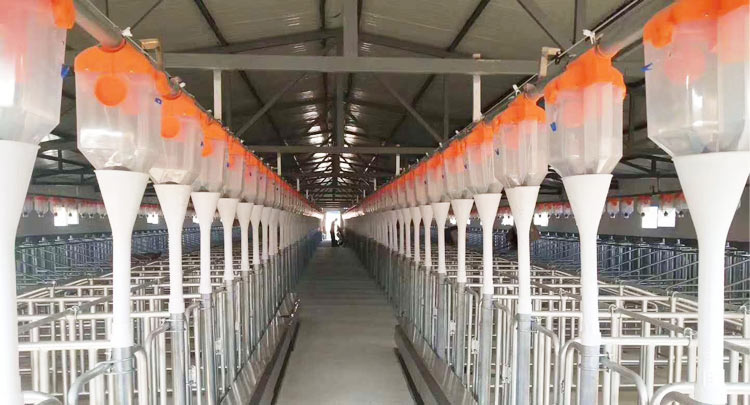
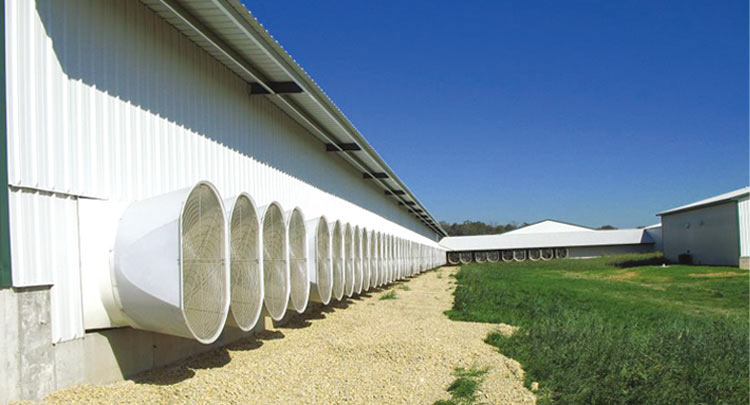
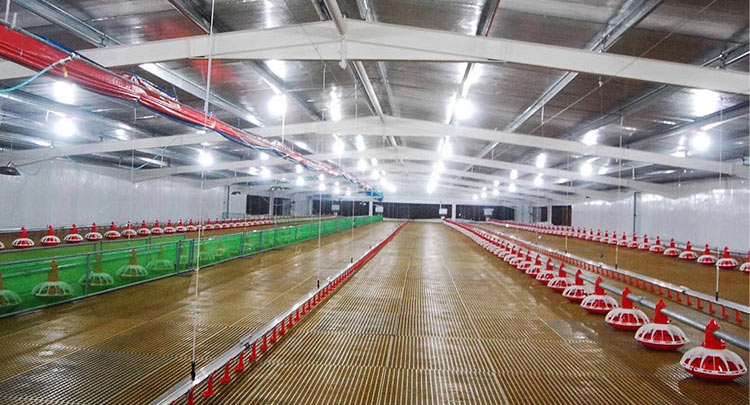
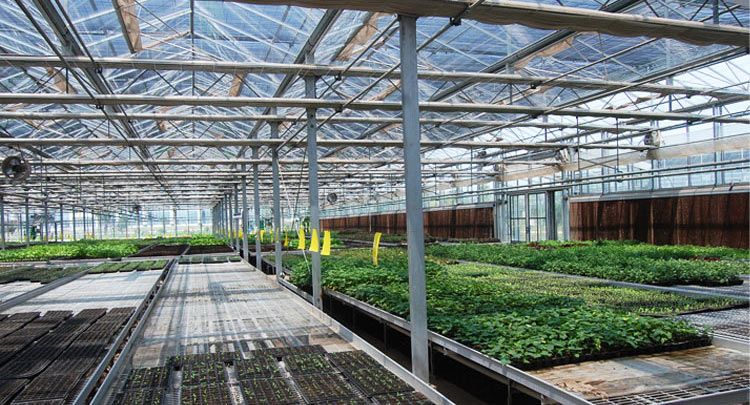


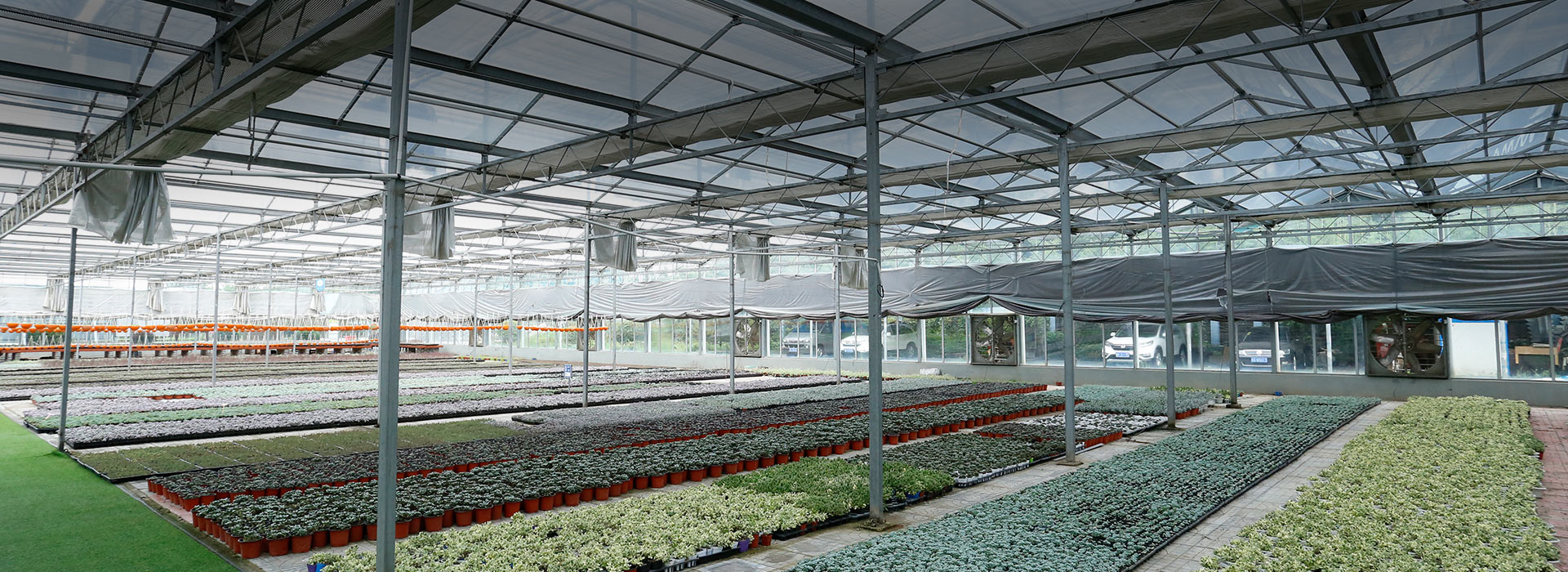
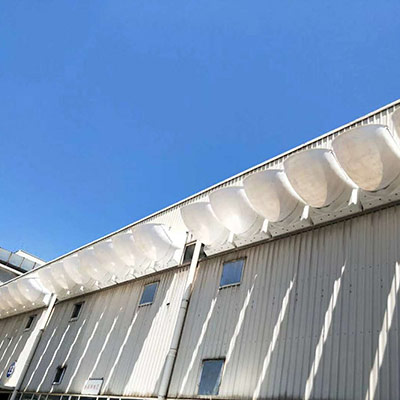
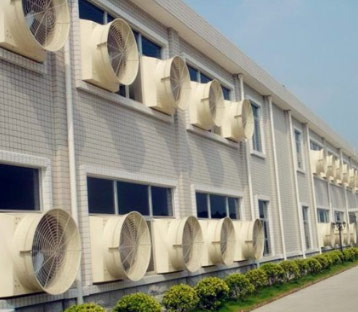
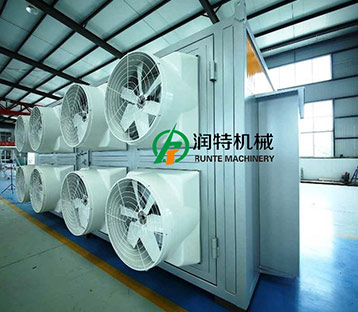




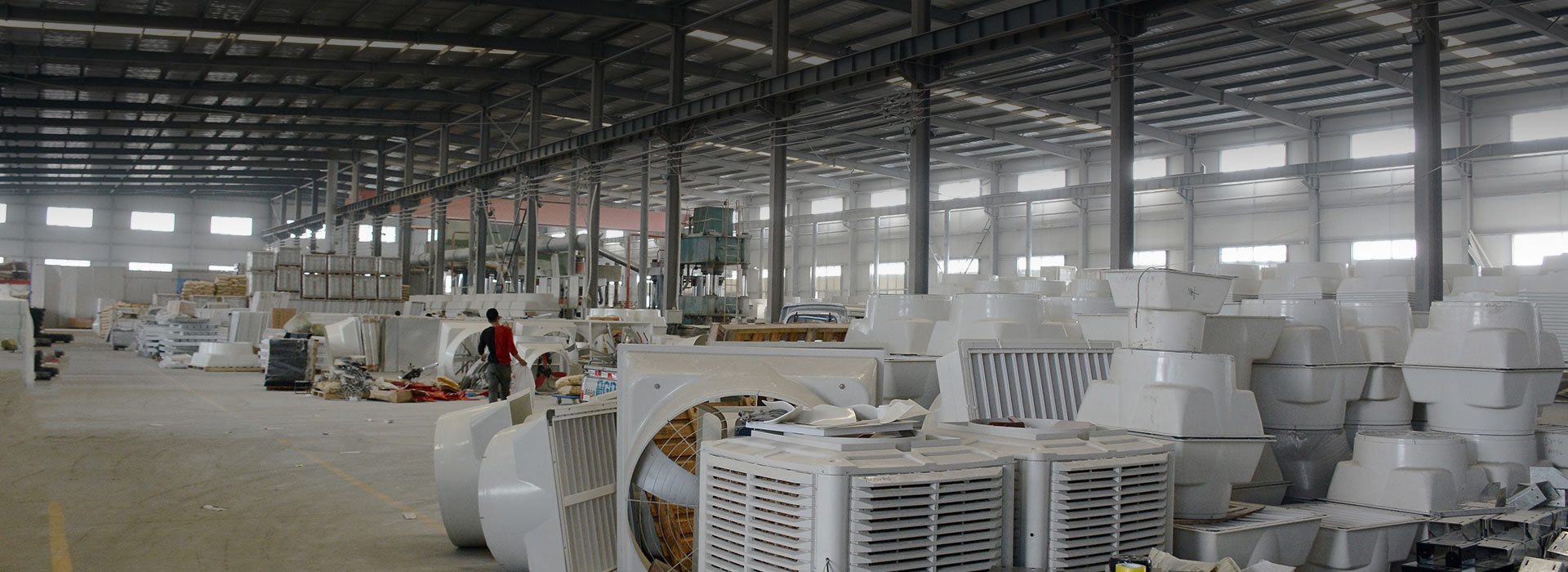
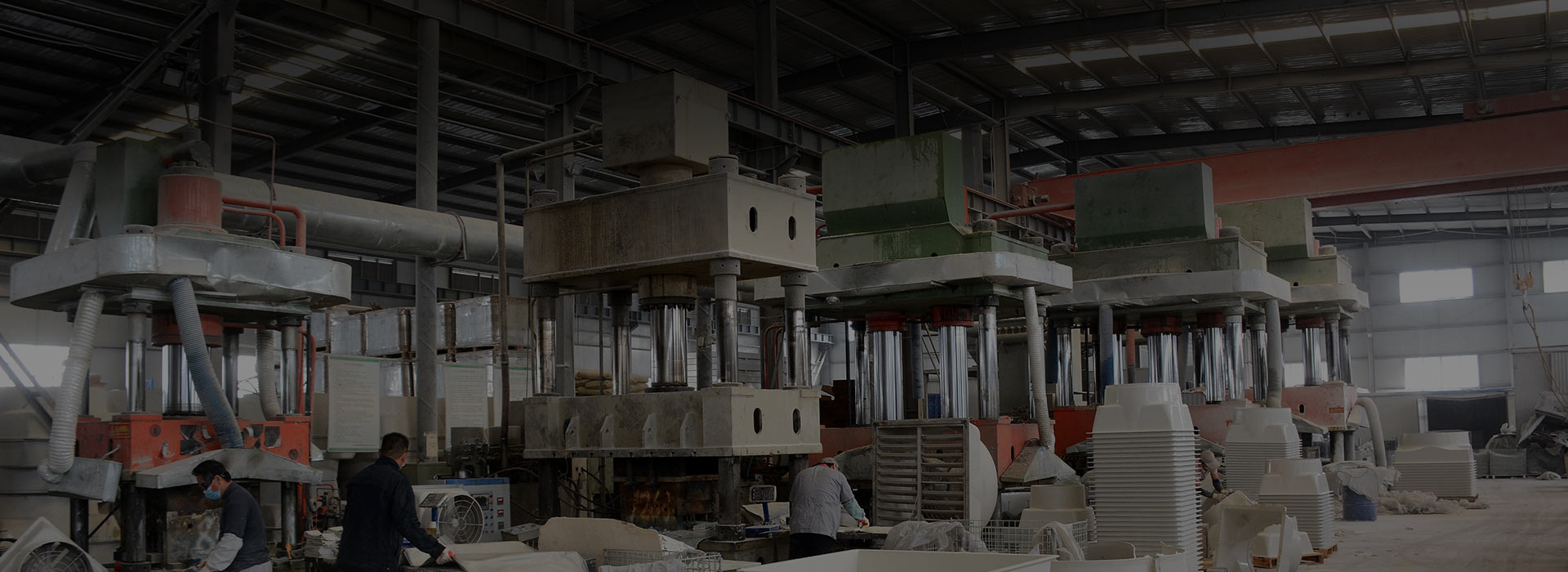
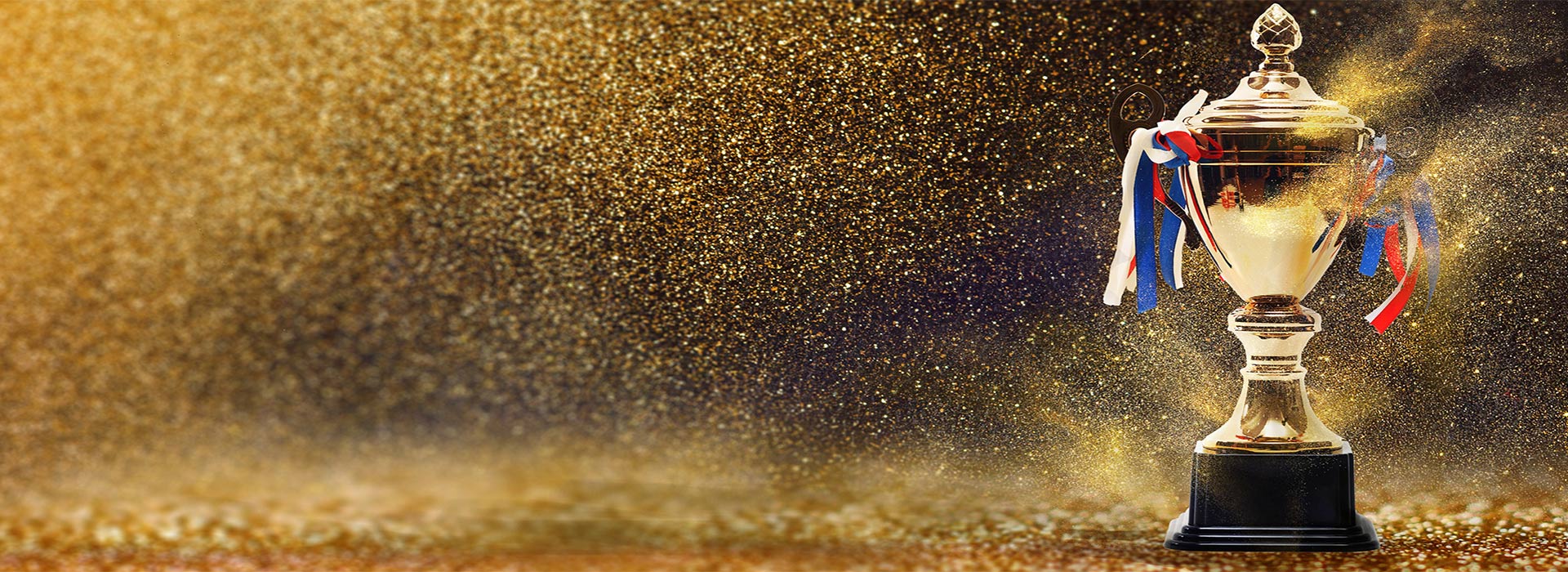



 Mobile station
Mobile station WeChat
WeChat